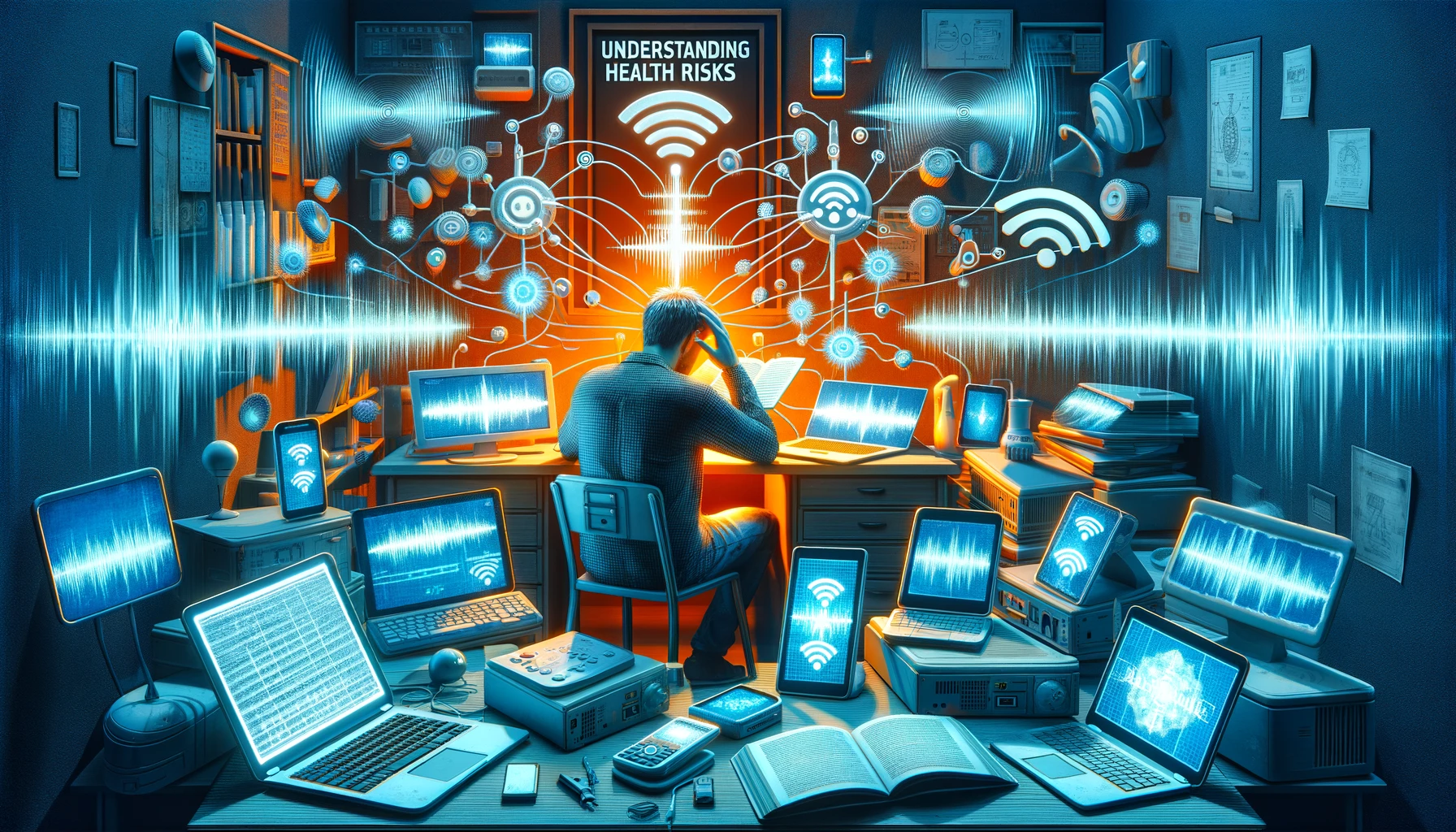
Authors: Anthony B. Miller, Margaret E. Sears, L. Lloyd Morgan, Devra L. Davis, Lennart Hardell, Mark Oremus, Colin L. Soskolne
Date: Published on 13 August 2019
Journal: Frontiers in Public Health
Background: With the ubiquity of wireless technology, concerns about the potential health effects of radio-frequency radiation (RFR) emitted by devices such as cell phones are growing. This study reviews and analyzes the current scientific evidence on the health risks associated with RFR exposure.
Objective: To synthesize the latest research findings on the health implications of RFR exposure from wireless devices, emphasizing carcinogenicity, effects on children’s brain development, and the potential for other non-cancer outcomes.
Methods: A comprehensive review of the literature was conducted, focusing on studies published since the International Agency for Research on Cancer’s 2011 categorization of RFR as a “possible human carcinogen.” The analysis included epidemiological studies, in vivo and in vitro experiments, and assessments of exposure to RFR relative to current safety standards.
Results: Recent studies reinforce the potential risks of RFR exposure, including increased rates of certain cancers in rodents and adverse effects on children’s brain development. Evidence suggests that current exposure limits may not be adequate to protect public health, particularly among vulnerable populations such as children.
The accumulation of evidence warrants a re-evaluation of RFR exposure guidelines and highlights the need for precautionary measures to reduce exposure, especially among children. The study advocates for further research to inform future policy decisions and safety standards.
Keywords: Health risks, radio-frequency radiation, cell phones, wireless devices, carcinogenicity, children’s health, public health policy.
Understanding the Health Risks of Radio-Frequency Radiation from Wireless Devices
Introduction: In our ever-connected world, cell phones and wireless devices have become essential. However, a growing body of research highlights potential health risks associated with radio-frequency radiation (RFR) emitted by these devices. This blog post delves into a significant study that sheds light on these concerns, aiming to make the complex findings accessible to everyone.
Keywords: Health risks, radio-frequency radiation, cell phones, wireless devices, research findings.
Overview of the Research: The study, conducted by a team of international experts, reviews the current scientific evidence on the health impacts of RFR. Since the categorization of RFR as a “possible human carcinogen” by the International Agency for Research on Cancer (IARC) in 2011, further evidence has emerged. This includes increased rates of certain cancers in rodents exposed to RFR and potential harmful effects on children’s developing brains.
Significance of the Study: This research is crucial as it compiles and analyzes the findings from numerous studies, providing a comprehensive overview of the potential health risks. The evidence suggests a need for re-evaluation of safety standards for RFR exposure, especially concerning the vulnerability of children and the implications for public health policies.
Implications for the Future: The potential health effects of RFR exposure, such as increased cancer risk and developmental issues in children, underscore the importance of re-assessing current exposure limits. This study advocates for precautionary measures to reduce RFR exposure, particularly among children, and calls for further research to inform future guidelines and regulations.
Common Questions and Misconceptions:
- Is RFR from cell phones safe? While RFR is considered a “possible carcinogen,” its health impacts are still under investigation. It’s advised to minimize exposure as a precautionary measure.
- Can cell phone use affect children differently? Yes, children may be more susceptible to the effects of RFR due to their developing brains and thinner skulls, leading to deeper penetration of radiation.
Conclusion and Call to Action: The evidence presented in this study highlights the need for a cautious approach to RFR exposure from wireless devices. While technology plays a vital role in our lives, it’s essential to be informed about potential risks and adopt measures to minimize exposure, especially among vulnerable populations. We encourage further exploration of this research and participation in discussions on how to balance technological advancements with health considerations.